Cambodia Calling Part I
Siem Reap
A city host to the largest temple complex in the world has a lot in store for people looking for immersive experience. First of all, one must spend 5 to 6 days in Siem Reap to soak in the charm of this place of which 3 days probably will be dedicated to temples only. For those who like a bit of city life, pub street is a must visit and don’t forget to sip some ‘liquid nirvana’ in a pub called “Angkor What?” which has apparently been “promoting irresponsible drinking since 1998”. The souvenirs there are as quirky as the name itself. Lets take a look at the history and heritage of Siem Reap
Angkor Wat

- Angkor Wat, meaning city of temples, is the world’s largest religious complex and is shared by 2 religions. It was first a Hindu temple dedicated to Vishnu and then later it was converted into a Buddhist shrine. It was first built by Khmer King Suryavarman II in the early 12th century in Yasodharapura, the capital of the Khmer Empire.
- It is generally accepted that it was built during the lifetime of the King to serve as his tomb after death. Because of its funerary function, the main entrance of Angkor Wat is at the west to conform to the symbolism between the setting sun and death. This monument features on the Cambodian National Flag
- It was built to be a replica of the universe, but done in stone. It also represents an earthly model of the cosmic world. The central tower of the temple rises from the centre and symbolizes Mount Meru, a mythical mountain which is situated at the centre of the universe and home of the Devas in Hindu mythology. The temple also has five towers which symbolize the peaks of Meru.
- Don’t miss out on the Samudra Manthan episode depicted on the walls of the temple.
- Experiencing the Hall of Echoes is a must . To hear the resonance in the Hall of Echoes walk to the end of the gallery, stand in the left-hand corner with your back to the wall, thump your chest and listen carefully.
- Angkor is a large temple complex, expect a lot of walking inside the complex. Please wear comfortable walking shoes
Kbal Spean
Kbalspean (means bridge head in local language) , is also referred to as the valley of thousand Lingas. Lingas have been elaborately carved into the riverbed, and images of Hindu deities are dotted about the area
- It is a 1.5 km uphill walk to the carvings, along a pretty path that winds its way up into the jungle. The path eventually splits to the waterfall or the river carvings.
- Explore the carvings of Trimurti, Vishnu, Laxmi, Naga, Shiva, Parvati and more on the upper and lower section of the river. They’ve been etched into the river at Kbal Spean for nearly a thousand years, and are meant to bless the river water that washes over them, so make sure to splash some on yourself for good luck.
- In several sections of the river hundreds of lingas and several yonis have been carved out of the sandstone river bed. The legend says that, the river water was sanctified by running over the lingas in the river bed. The water then flowed from the hills of Phnom Kulen to Angkor and the temples.
- There is small waterfall which could be a great place to get refreshed , and during this season there should be a good amount of water there. Don’t forget to carry a pair of change
- These carvings are known locally as the site of 1,000 lingas, but may be there are little more or a little less
- Please carry a bottle of drinking water for the trek and a pair of change if you wish to refresh yourself at the waterfall.
Tonle Sap
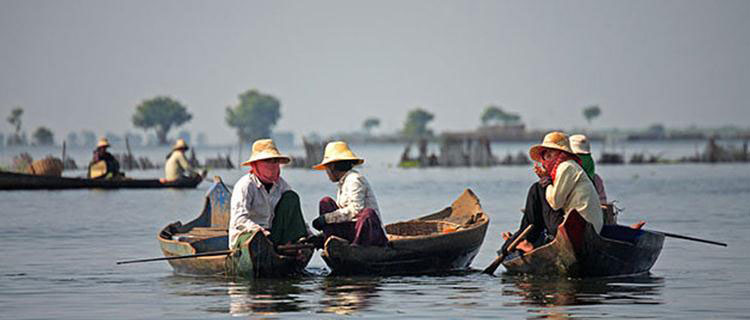
The Lake is the largest fresh water in South East Asia. Its dimension changes depending on the monsoon and dry season. During raining season from June to October, the lake is filled by water flowing from the Mekong with 14 meters in depth and expands the surface of 10,000 square Kilometers. In dry season from November to May its size 3,000 square kilometers with two meters in depth and water flows out from the Lake to the Mekong, in and out flowing is the natural phenomenon occurrences. More than 100 varieties of waterbirds including several endangered species, over 200 species of fish, as well as crocodiles, turtles, macaques, otter and other wildlife inhabit the inundated mangrove forests. The Lake is also an important commercial resource, providing more than half of the fish consumed in Cambodia. In harmony with the specialized ecosystems, the human occupations at the edges of the lake is similarly distinctive – floating villages, towering stilted houses, huge fish traps, and an economy and way of life deeply intertwined with the lake, the fish, the wildlife and the cycles of rising and falling waters.
Chong Khneas is the name of the floating village at the edge of the lake. During the boat ride through the floating village you will come across the floating households of Khmer, Muslim and Vietnamese people and the floating markets, fisheries, clinics, schools, pigsty etc.
Don’t forget to click pictures with the local boatmen.
Kulen Mountain
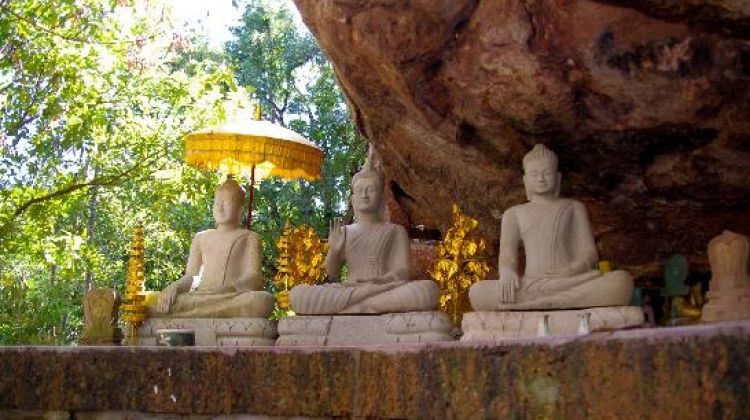
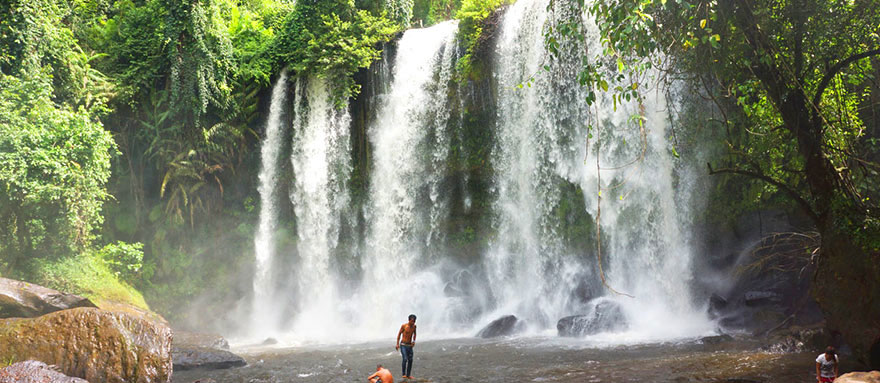
Explore the jungles brimming with wildlife and tropical fruit. Discover stone carvings under the streams that predate Angkor Wat. See the 16th century temple on the mountain where Buddhists and Hindus pilgrimage frequently. The area is a magnet to “kru khmer” (natural medicine doctors), and attracts people seeking blessings from its holy waters. Phnom Kulen (literally Mountain of the Lychees) is a gorgeous day out. The main attraction is the waterfalls at the top of Kulen Mountain and it’s also a great picnic spot; well set up in Cambodian style with hammocks and shelters to keep you shaded from the sun. The birthplace of the ancient Khmer empire, it is said that it was at Phnom Kulen that King Jayavarman II proclaimed Cambodia’s independence from Java. Additionally it’s a very sacred site with multiple temples easily accessible.
Banteay Srei
Banteay Srei is a 10th-century Cambodian temple dedicated to the Hindu god Shiva. Banteay Srei is built largely of red sandstone, a medium that lends itself to the elaborate decorative wall carvings which are still observable today. Banteay Sr?i was the only major temple at Angkor not built by a monarch; its construction is credited to the courtiers named Vishnukumara and Yajnavaraha who is believed to have been the tutor to Jayavarman
Banteay Srei means ‘Citadel of the Women’ and it is said that it must have been built by a woman, as the elaborate carvings are supposedly too fine for the hand of a man. Classic carvings at Banteay Srei include delicate women with lotus flowers in hand and traditional skirts clearly visible, as well as breathtaking re-creations of scenes from the epic Ramayana
The temple’s original name was Tribhuvanamahesvara — “great lord of the threefold world” — named as usual after the central image (in this case a Shaivite linga). The town of Isvarapura was centred on the temple. The modern name, Banteay Srei — “citadel of the women” or “citadel of beauty” — is generally taken to refer to the intricacy of the carving and the tiny dimensions of the architecture.
Ta Prohm

Undoubtedly the most atmospheric ruin at Angkor, Ta Prohm should be high on the hit list of every visitor. Its appeal lies in the fact that, unlike the other monuments of Angkor, it has been swallowed by the jungle, and looks very much the way most of the monuments of Angkor appeared when European explorers first stumbled upon them. If Angkor Wat is testimony to the genius of the ancient Khmers, Ta Prohm reminds us equally of the awesome fecundity and power of the jungle. Built from 1186 and originally known as Rajavihara (Monastery of the King), Ta Prohm was a Buddhist temple dedicated to the mother of Jayavarman VII. It is one of the few temples in the Angkor region where an inscription provides information about the temple’s dependents and inhabitants. Almost 80,000 people were required to maintain or attend at the temple, among them more than 2700 officials and 615 dancers. It is said that Ta Prohm or Prasat Ta Prohm ( as locals would call it) is also dedicated to ancestor Brahma, which is an interesting fact because we don’t see many temples dedicated to Brahma in India.
One of the most famous spots in Ta Prohm is the so-called ‘Tomb Raider tree’, where Angelina Jolie’s Lara Croft picked a jasmine flower before falling through the earth
Angkor Thom (Great city)
Set over 10 sq km, the aptly named last great capital of the Khmer empire took monumental to a whole new level. Centred on Bayon, the surreal state temple of Jayavarman VII, Angkor Thom is enclosed by a formidable jayagiri (square wall) 8m high and 12km in length and encircled by a 100m-wide jayasindhu (moat) that would have stopped all but the hardiest invaders in their tracks. This architectural layout is an expression of Mt Meru surrounded by the oceans. King Jayavarman VII made Angkor Thom the new capital of the Khmer Kingdom after driving out the Chams, who destroyed the old capital Yasodharapura. He fortified the city by building a high wall around it, in turn enclosed by a 100 meter wide moat.
In the centre of the walled enclosure are the city’s most important monuments, including Bayon, Baphuon, the Royal Enclosure, Phimeanakas and the Terrace of Elephants. Visitors should set aside a half-day to explore Angkor Thom in depth.
Access to the city was through five gopura gates, one at the center of each wall, an extra one (the Victory Gate) on the road from the Royal Palace to the East Baray. The gates were built between the end of the 12th century and early 13th century. The gopuras consist of a central tower, 23 meters in height, flanked by two smaller towers.
Crossing the moat to each of the city’s five gates is a causeway lined on either sides by stone figures holding a huge snake (Vasuki). The figures represent 54 Devas on one side, 54 Asuras on the other side pulling Vasuki. This scene is associated with the story of “The Churning of the Ocean of Milk”,commonly known as Samudra Manthan.
Bayon
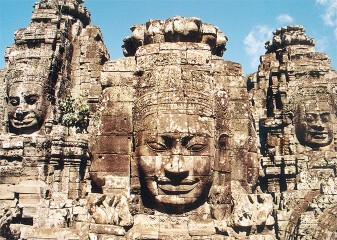
At the heart of Angkor Thom is the 12th-century Bayon, which represents the intersection of heaven and earth. Bayon is known for its huge stone faces of the bodhisattva Avalokiteshvara, with one facing outward and keeping watch at each compass point. The curious smiling image, thought by many to be a portrait of Jayavarman himself, has been dubbed by some the “Mona Lisa of Southeast Asia.” There are 51 smaller towers surrounding Bayon, each with four faces of its own. It epitomises the creative genius and inflated ego of Cambodia’s most celebrated king. Its 54 Gothic towers are decorated with 216 gargantuan smiling faces of Avalokiteshvara, and it is adorned with 1.2km of extraordinary bas-reliefs incorporating more than 11,000 figures.
The temple’s eastward orientation leads most people to visit early in the morning. However, Bayon looks equally good in the late afternoon.
Pre Rup Temples

Pre Rup, built by Rajendravarman II, is about 1km south of the Eastern Mebon and is a popular spot for sunset. The temple consists of a pyramid-shaped temple-mountain with the uppermost of the three tiers carrying five lotus towers. Pre Rup means ‘Turning the Body’ and refers to a traditional method of cremation in which a corpse’s outline is traced in the cinders: this suggests that the temple may have served as an early royal crematorium.
The Pre Rup was the state temple of King Rajendravarman II. It is a mountain temple build in the year 961. In the early 20th century the Pre Rup had been completely overgrown and covered with soil. The temple was excavated during the 1930’s by French conservators George Trouvé and Henri Marchal. The laterite and brick structure represents the five mountain peaks of the sacred mountain Mount Meru, the center of the universe in Hindu mythology. An inscription in the temple mentions that the five prangs were dedicated to Shiva (central tower and one of the surrounding towers), Vishnu, Parvati (the consort of Shiva) and Lakshmi (the consort of Vishnu).
Prasat Preah Vihear
The not so often visited quaint and lovely temple complex dedicated to Shiva , which is a sort of pilgrimage site for the locals is situated atop a 525mt cliff in the Dangrek mountains. Prasat Preah Vihear means sacred castle temple in Khmer language. ) A ninth century Angkorian temple ( a World Heritage site) on the border between Thailand and Cambodia , lies just 100 metres from the border with Thailand, a border that was created at the end of the Second World War. And there was a long standing dispute between the two countries regarding its ownership. In November 2013 the International Court of Justice unanimously decided that the land around Preah Vihear belonged to Cambodia and that Thailand should withdraw its troops. It is not as crowded as Angkor Wat due to the distance from a major city. Getting there is also a part of the fun which you will savour 🙂 and visiting a cliff top temple, with no crowds, and experiencing the Cambodian countryside adds to the experience . Sitting on the steps of the temple at dusk with a few local monks and witnessing the faded sight of lit up kitchen stove will transport you to a rural set up. Don’t forget to keep the camera ready and try and click the panoramic view of the complex. The architecture is exceptional in its representation of Buddhist geometry. The position of the Temple on a cliff edge site is particularly impressive. Stairs and historical access have survived for over a thousand years .
Preah Khan Temple
Situated at the northern edge of the Angkor Archaeological Park, is one of the most significant buildings erected during the ancient Khmer empire. Dedicated by the great king Jayavarman VII to his father in 1191, Preah Khan is a large linear temple complex in a dense jungle setting. Rectangular in shape and occupying 138 acres, Preah Khan’s boundaries are defined by a protective moat and fortified walls adorned by monumental carved stone garudas—eagle-like divine beings (from Hindu mythology). The temple complex includes entrance, towers, ceremonial spaces, courtyards, shrines, and a variety of connecting corridors. Additional special features of Preah Khan include its two-story pavilion, the once-bronze-plated sanctum sanctorum, and its Hall of Dancers.
If you are thinking that it was a big dose on Cambodia. Watch out this space for more from the land of Khmers.

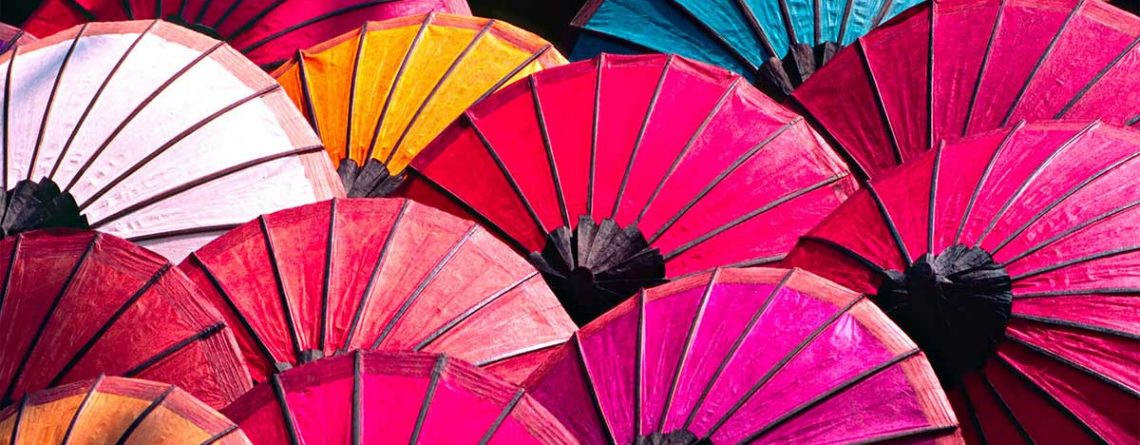
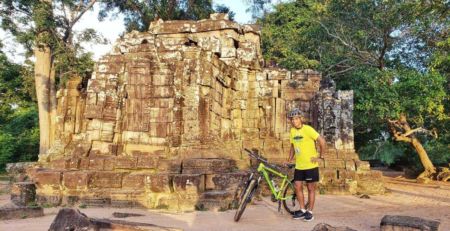
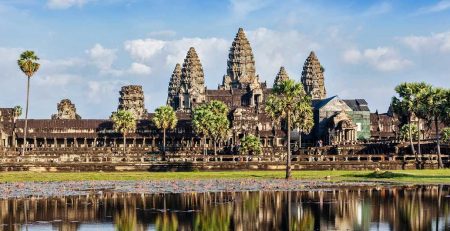


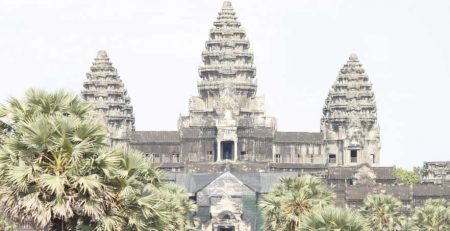
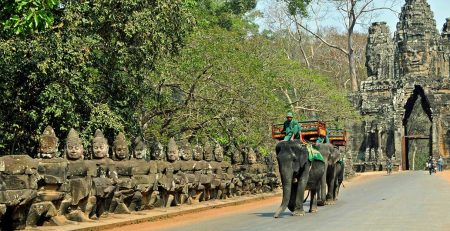
Leave a Reply